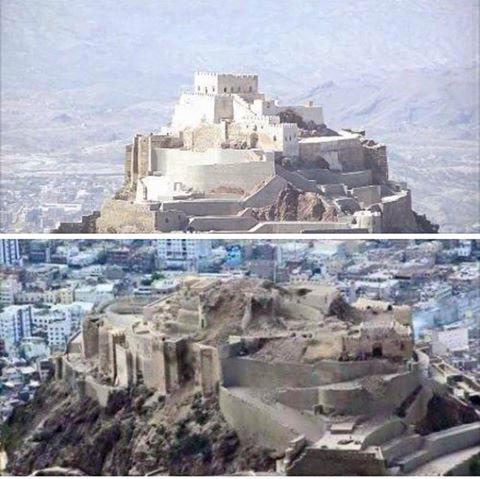
UNESCO Announces EAP for Safeguarding of Yemen’s Cultural Heritage amid Saudi Aggression
Local Editor
The UNESCO announced an Emergency Action Plan [EAP] for the Safeguarding of Yemen’s Cultural Heritage on Friday amid a Saudi-led aggression on Yemen that has been ongoing since March 26.
The plan responds to the continued threat the ongoing conflict in Yemen poses to the country’s tangible and intangible cultural heritage, the UNESCO said.
The Action Plan, developed by UNESCO, its institutional partners and relevant Yemeni national institutions, aims to respond to the recent widespread destruction of important heritage sites and museums caused by the conflict, as well as to the disruption of intangible heritage expressions, which together constitute the symbols of peoples’ identities and a fundamental asset for the country’s recovery and sustainable development.
"It is evident that the destruction of their culture directly affects the identity, dignity and future of the Yemeni people, and moreover their ability to believe in the future", the UNESCO Director-General, Irina Bokova, said.
A Saudi-led coalition, backed by the United States, has been carrying out airstrikes against Yemen since March. The airstrikes have not been authorized by the UN.
The UNESCO placed two ancient cities in Yemen, Sana’a and Shibam, on its list of endangered World Heritage sites recently this month [July], saying that they sustained serious damage due to armed conflict and Saudi airstrikes.
All three cultural World Heritage properties [Old Walled City of Shibam, Old City of Sana’a, Historic Town of Zabid] are now inscribed on the List of World Heritage in Danger.
Many other sites, some of which figure on Yemen’s World Heritage Tentative List, have similarly suffered damage, including the Citadel of Taez, the archaeological site of the pre-Islamic walled city of Baraqish, the archaeological sites of Marib from the end of 2nd millennium B.C., and the Great Dam of Marib, a marvel of technical engineering. Movable heritage has also suffered severe losses, as in the case of the Dhamar Museum, which used to host a collection of 12,500 artefacts, and was completely destroyed in May 2015.
